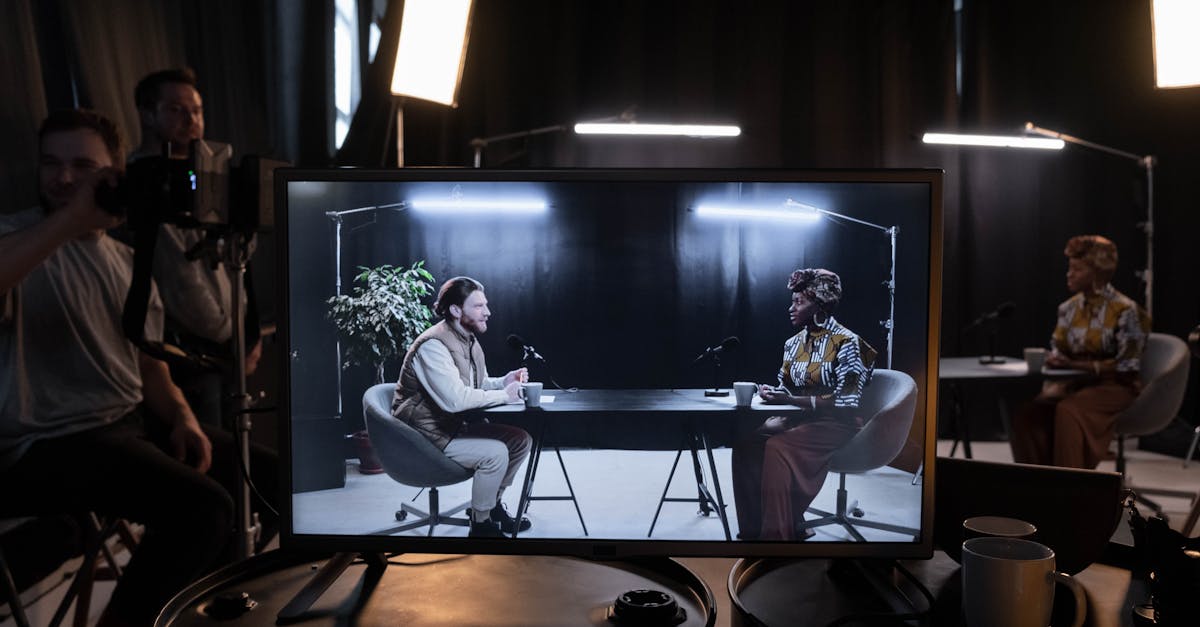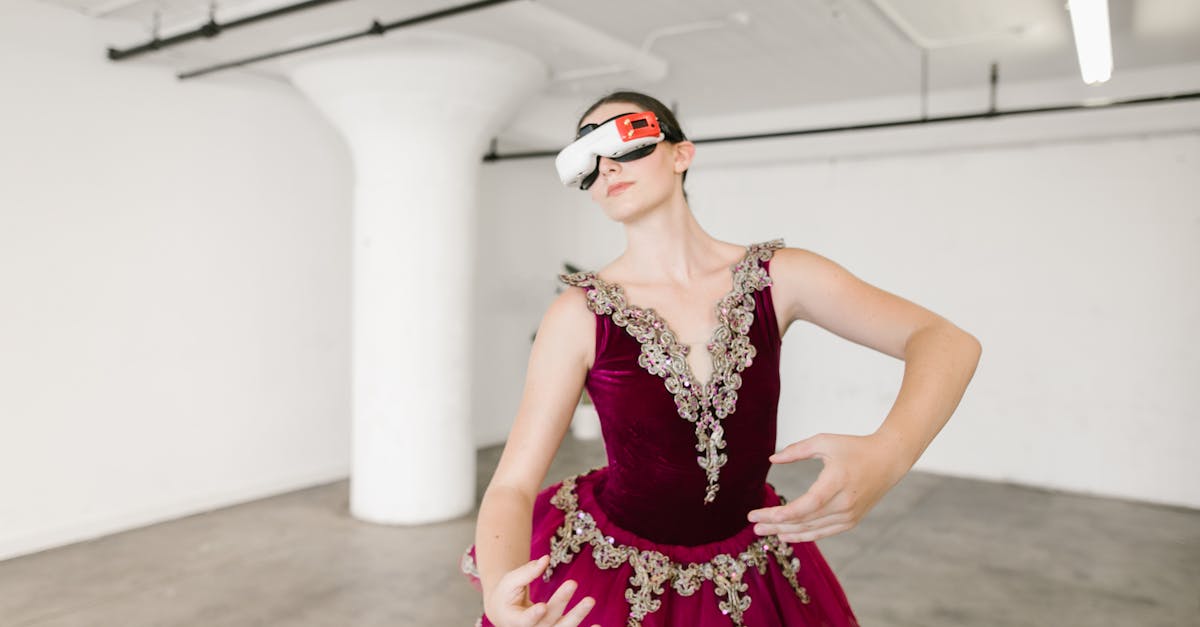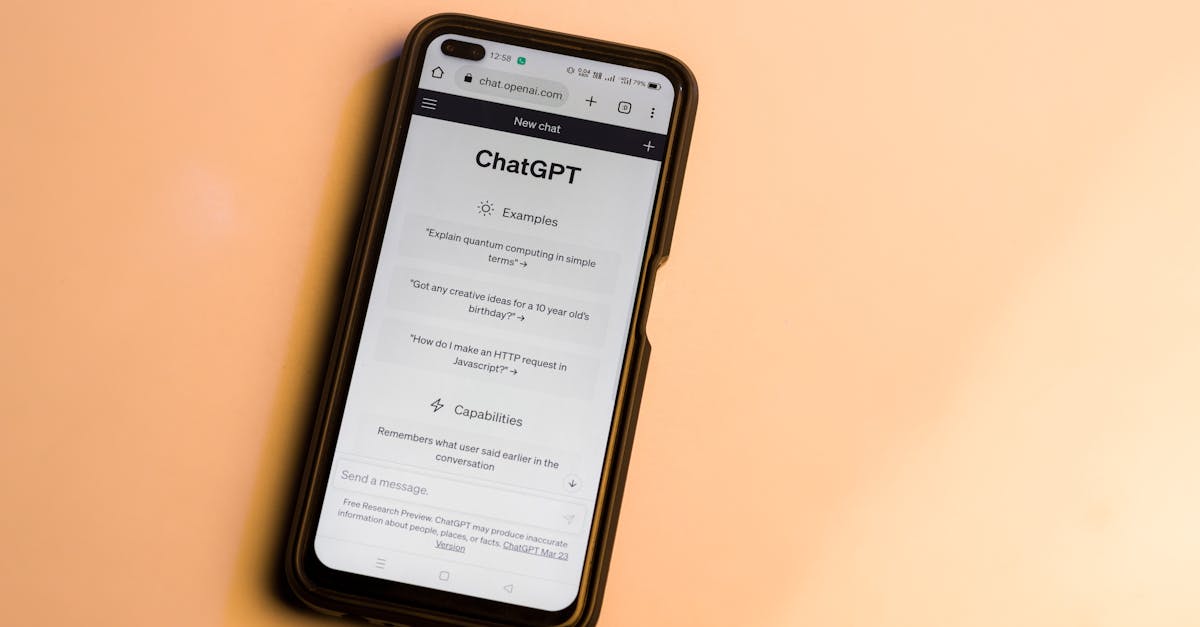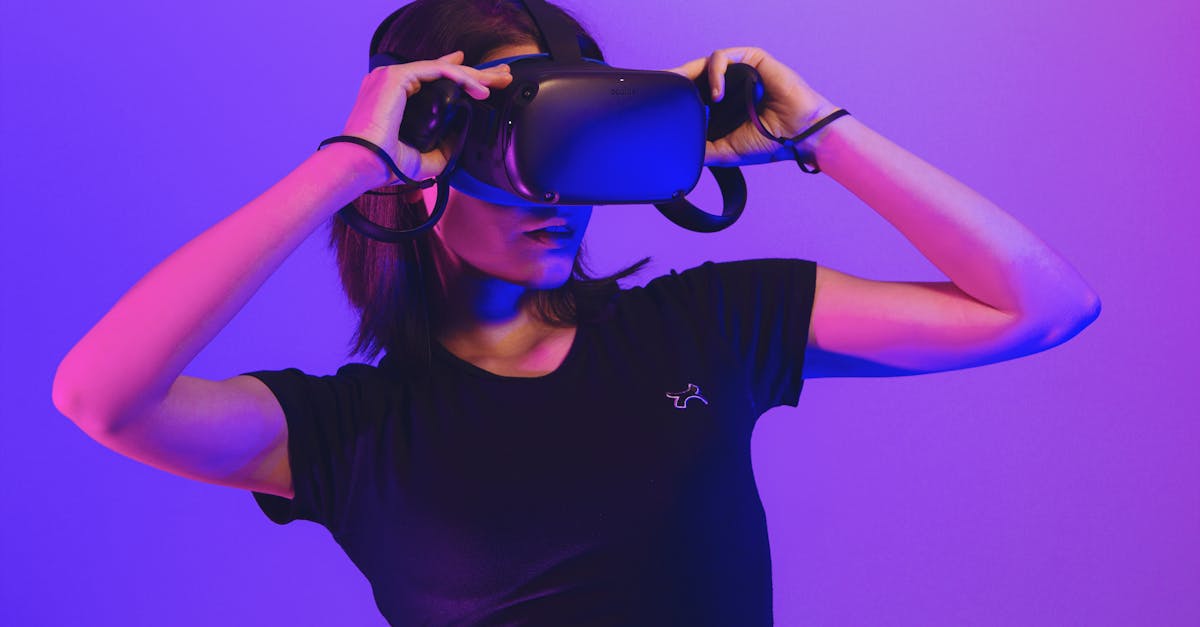The Rise of Digital Influencers Leading the Charge in 2025
Introduction
In 2025, digital influencers have cemented their role as the new celebrities, wielding unprecedented power over consumer behavior, brand strategies, and even societal trends. No longer confined to sponsored posts, today’s social media stars are entrepreneurs, activists, and cultural tastemakers, shaping everything from fashion to finance.
Platforms like Instagram, TikTok, and YouTube remain central to this revolution, but the rules of influence are changing. Audiences now demand authenticity over polish, engagement over follower counts, and value-driven content over blatant ads. As AI, virtual influencers, and decentralized social media emerge, the influencer landscape is undergoing its most radical transformation yet.
This deep dive explores how digital influencers dominate in 2024, the platforms fueling their success, and what the future holds for this booming industry.

Advertisement
The Power of Instagram
Despite newer platforms emerging, Instagram continues to reign as the premier hub for influencer marketing, thanks to:
High engagement rates (especially for Reels and Stories)
Seamless shopping integrations (Instagram Shop, affiliate links)
Aesthetic-first branding (crucial for fashion, beauty, and lifestyle influencers)
Key Features Driving Influence
Reels Domination – Short-form video remains Instagram’s golden feature, with influencers like Emma Chamberlain and Alix Earle using it to blend humor, lifestyle, and ads effortlessly.
Stories & Close Friends – Exclusive content for superfans (behind-the-scenes, polls, Q&As) builds intimacy.
Instagram Shopping – Direct product tagging turns influencers into virtual storefronts, with some earning six-figure commissions from a single post.
The Rise of the "Micro-Mogul"
Gone are the days when only mega-influencers thrived. In 2024, micro-influencers (10K-100K followers) dominate niche markets—think sustainable fashion, indie beauty, or rare sneakers—with higher engagement and trust than celebrities.
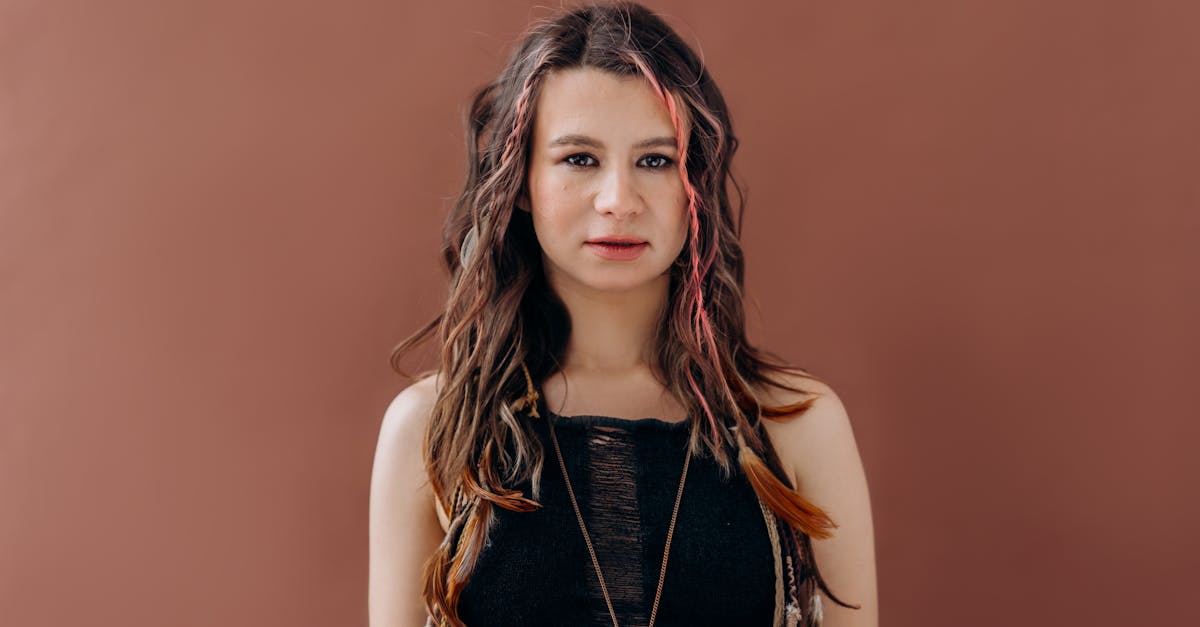
Advertisement
TikTok's Viral Sensations
The Algorithm Doesn’t Play Favorites – Unlike Instagram, TikTok’s "For You Page" (FYP) can turn unknowns into overnight stars.
Raw, Unfiltered Content Wins – Users crave realness, leading to trends like "Get Ready With Me (GRWM)" chats and "POV" storytelling.
TikTok Shop’s Explosive Growth – Influencers now sell products directly in videos, with some earning $1M+ per month via commissions.
TikTok’s Biggest 2024 Trends
Edu-tainment – Mixing education with entertainment (e.g., @wizardliz’s self-improvement rants).
Niche Aesthetics – From "Dark Academia" to "Coastal Grandma," subcultures thrive here.
AI-Generated Influencers – Virtual stars like @lilmiquela are gaining real brand deals.
Case Study: How a Random TikToker Went Viral
In March 2024, @justinlifetips (a 22-year-old with 3K followers) posted a "5-second life hack" video. Within 48 hours, it had 12M views, leading to brand deals with Target and Duolingo. This is the power of TikTok’s virality.
Advertisement
Content Creation on YouTube
Why YouTube Still Matters
While TikTok excels at quick hits, YouTube remains the go-to for long-form storytelling, with:
Higher ad revenue potential (top YouTubers earn 550K−500K per video)
Evergreen content (videos keep gaining views for years)
Stronger brand trust (viewers invest 20+ minutes in a creator, unlike a 15-second TikTok)
The New Wave of YouTube Stars
Documentary-Style Storytellers – Channels like @MagnatesMedia dissect internet drama with Netflix-level production.
"Soft Life" Vloggers – Think daily routines, travel diaries, and mindfulness content (e.g., @Lana Blakely).
AI-Assisted Creators – Some influencers now use AI voiceovers, deepfake cameos, and ChatGPT scripts to streamline content.
YouTube Shorts vs. TikTok: Who Wins?
YouTube Shorts is growing fast, but TikTok still leads in:
Music trends (songs go viral on TikTok first)
Spontaneous engagement (YouTube audiences prefer planned content)
However, YouTube’s monetization options (Super Chats, memberships) give creators more ways to earn.
Advertisement
Emerging Influencer Trends
From "Sellout" to CEO
Top influencers in 2025 aren’t just posting ads—they’re building empires:
MrBeast’s Feastables (a chocolate empire)
Kylie Jenner’s Khy (fast-fashion line)
Logan Paul & KSI’s PRIME (a billion-dollar energy drink)
The Demand for Authenticity
Audiences can spot fake endorsements instantly, so influencers now:
Reject unrealistic beauty filters (e.g., "Instagram vs. Reality" trends)
Disclose sponsorships transparently (FTC fines are increasing)
Share real struggles (mental health, financial lows)
The "De-Influencing" Movement
Ironically, critiquing consumerism is now a trend. Videos like "Products I Regret Buying" or "Don’t Fall for This Hype" gain massive traction, proving audiences want honesty over hype.
Advertisement
Social Media Stars and Online Fame
The new generation of social media stars is redefining what online fame means, with real-time interactions and personalized content taking center stage. They are not just entertainers but influential voices that shape societal narratives and consumer trends. Their digital savvy and understanding of online ecosystems provide them with the tools to sustain lasting online fame.
Advertisement
Influencer Marketing and Brand Partnerships
Why Companies Are Doubling Down
57% of consumers trust influencers over traditional ads (Statista 2024).
Micro-influencers deliver 3x higher engagement than macro-influencers.
UGC (User-Generated Content) performs 35% better than studio ads.
Top Marketing Strategies
Affiliate & Commission-Based Deals – Pay-per-sale instead of flat fees.
Branded Content Series – Long-term partnerships (e.g., Emma Chamberlain x Louis Vuitton).
Employee Advocacy – Even corporate employees are becoming "nano-influencers."
The Dark Side: Fraud & Fake Followers
An estimated 15% of influencers use bot farms. Tools like HypeAuditor now help brands verify real engagement.
Advertisement
Challenges and Opportunities
AI’s Role in Influencer Marketing
ChatGPT-written captions
AI-generated influencer clones (like @Aitana Lopez, Spain’s virtual supermodel)
Deepfake endorsements (risky but growing)
The Rise of Virtual Influencers
No scandals, no aging, no limits
Brands like Prada and Balmain already use them
But can they ever feel "real"?
Web3 & Decentralized Influence
NFT-gated communities (exclusive content for token holders)
Blockchain-based tipping (fans pay creators directly in crypto)
Mastodon & Bluesky as alternatives to algorithm-driven platforms
Advertisement
Looking Ahead in 2024
With technology constantly advancing, the role of digital influencers is becoming increasingly integral in mainstream media. Their ability to captivate audiences with engaging content holds limitless potential for future growth and transformation. As influencers continue to evolve, they will shape new avenues for brand-consumer engagement.
Advertisement
Conclusion
The influencer marketing industry is projected to hit $200B by 2025, but the rules are changing fast.
Winning in 2024 requires:
✅ Prioritizing authenticity over aesthetics
✅ Leveraging multiple platforms (TikTok + YouTube + Instagram)
✅ Embracing AI & virtual influencers early
One thing is certain: Digital influencers aren’t going anywhere—they’re just getting started. Brands that adapt will thrive; those that don’t will fade into obscurity.
Who will dominate in 2025? The creators who innovate, engage, and stay real. 🚀
Advertisement

